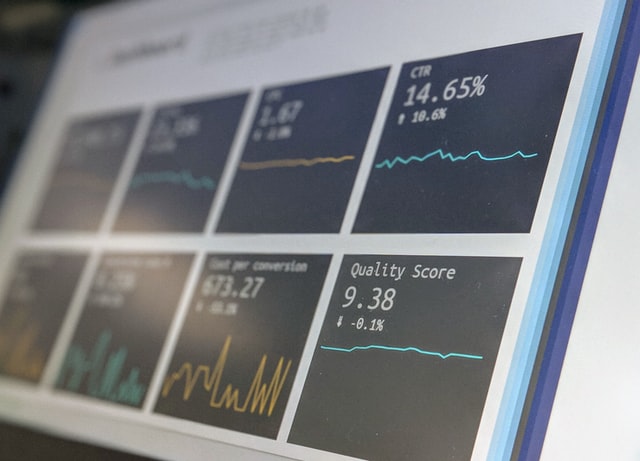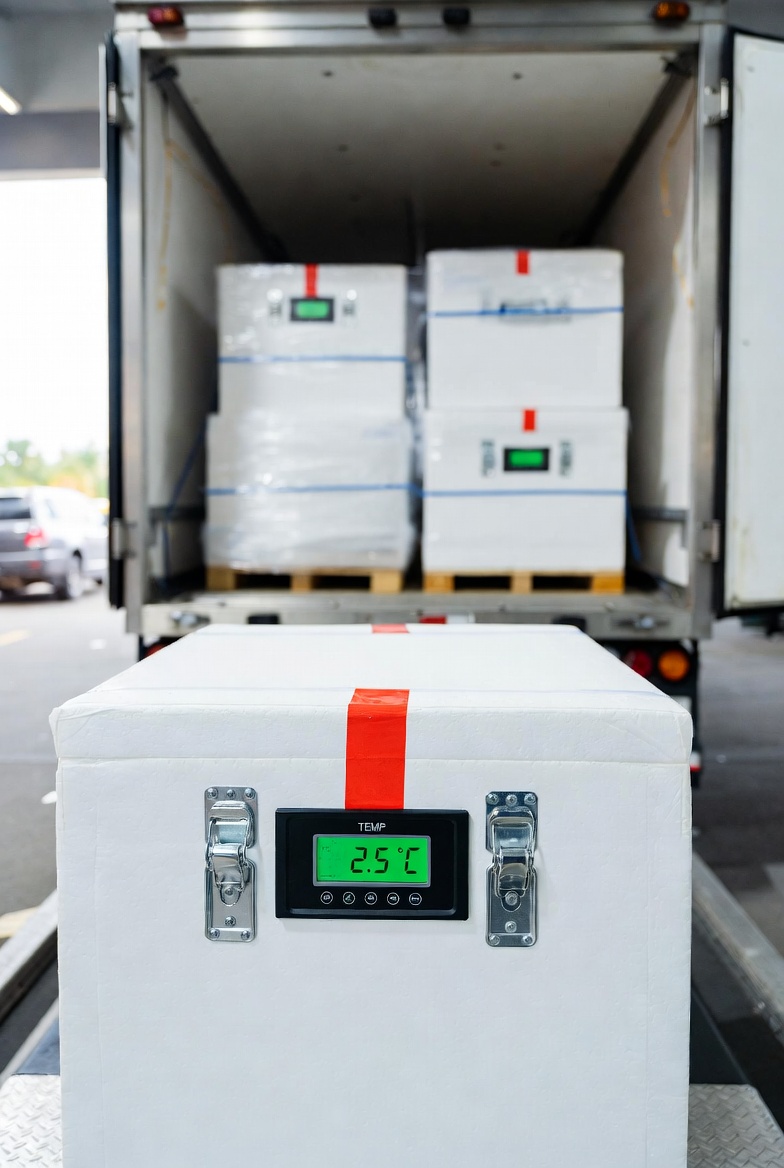Certainly! A digital twin is a virtual representation of a real-world object such as an equipment or a more complex system., including multiple equipment These digital models accurately mirror the performance and behaviour of their physical counterparts, by showing the current state of real-world object such as an equipment or a more complex system, based on the collection of data in real time.
Such data collected will trigger the real-world object such as an equipment or a more complex system status based on predefined rules linked to the different running modes predicted her such as normal, faulty, out of order. faulty mode may have various steps before the total stop of a complex equipment.
Different steps to set up Digital twins:
- Creation: The studied object (e.g., a wind turbine) is equipped with sensors that collect real-time data on various aspects (energy output, temperature, weather conditions, etc.).
- Processing: The data from sensors is fed into a processing system, which actively updates the digital twin.
- Simulation and Analysis: Using this digital model, various simulations can be run to analyse performance issues, identify inefficiencies, and explore potential enhancements.
- Decision-Making: The ultimate goal is to gain valuable insights that can improve the original physical entity1.

How are digital twins used in manufacturing?
- Virtual Prototyping: During product design, digital twins serve as virtual prototypes. Designers can test different simulations and designs before creating physical prototypes, saving time and costs1.
- Process Optimization: By creating digital twins of manufacturing processes using sensors, companies can analyze performance indicators. Adjustments to the twin help optimize production, reduce variances, and aid root-cause analysis1.
- Quality Management: Monitoring IoT sensor data during production ensures top quality and minimizes rework. Digital twins model the entire production process, identifying variances and suggesting improvements1.
- Supply Chain Management: Digital twins track and analyze key performance indicators in supply chains and logistics. They optimize just-in-time or just-in-sequence production and analyze distribution routes1.
- Equipment Maintenance: Digital twins for individual equipment identify variances, enabling preventative repairs and maintenance. They also optimize load levels, tool calibration, and cycle times2.
What are some challenges in implementing digital twins?
Certainly! Implementing digital twins can be both exciting and challenging. Here are some key hurdles to consider:
- Data Complexity and Quality: Digital twins rely on vast amounts of data. Ensuring data accuracy, consistency, and quality is crucial for reliable models1.
- System Integration: Digital twins don’t exist in isolation. Integrating them with existing systems, processes, and workflows can be complex1.
- Technical Expertise: Developing and maintaining digital twins requires specialized knowledge in areas like IoT, data analytics, and simulation1.
- Cost and ROI Concerns: Building and maintaining digital twins can be expensive. Calculating the return on investment (ROI) is essential1.
- Scalability: Scaling digital twins across an organization or ecosystem presents challenges in terms of infrastructure, data management, and performance1.
- Cybersecurity: Protecting digital twin data from cyber threats is critical. Robust security measures are necessary1.
- Cultural Resistance: Organizations may face resistance to change. Encouraging adoption and overcoming cultural barriers is essential1.
- Regulatory Compliance: Complying with data privacy and industry regulations is a challenge when dealing with sensitive information1.

How can companies overcome data quality issues in digital twins?
Certainly! Overcoming data quality issues in digital twins is essential for their successful implementation. Here are some strategies:
- Data Heterogeneity: Address the diversity of data sources by standardizing formats and ensuring consistent data representation1.
- Interoperability: Enable seamless communication between different systems and components. Adopt industry standards and ontologies to enhance interoperability12.
- Integration: Integrate data from various sources (sensors, databases, etc.) to create a holistic view. Cloud computing is often used for data integration1.
- Data Search: Implement efficient search mechanisms to retrieve relevant data from the twin. This ensures timely access to critical information1.
- Data Quality Verification: Regularly verify data quality, including accuracy, completeness, and reliability. Automated checks and validation processes are crucial3.
- Reference Data Management: Establish clear reference data architectures and maintain consistent reference data for accurate comparisons1.
- Data Provenance: Implement mechanisms to track data lineage and ensure transparency. Knowing the origin and history of data enhances trust and reliability1.
What are Digital Twin in Healthcare Market?
- What are Digital Twins in Healthcare?
- In healthcare, they model and simulate various aspects, such as patient data, hospital environments, and physiological functions.
- These digital replicas allow us to analyze, optimize, and predict outcomes, leading to better patient care and medical research.
- Use Cases and Benefits:
- Hospital Environments: Digital twins can simulate hospital layouts, equipment placement, and patient flow. This helps optimize resource allocation and improve efficiency.
- Patient Physiology: Modeling human physiology enables personalized treatment plans, predicting disease progression, and optimizing drug dosages.
- Lab Results: Digital twins can simulate lab experiments, predict outcomes, and guide researchers in drug development.
- Healthcare Delivery Optimization: By analyzing data from digital twins, healthcare providers can enhance service delivery, reduce costs, and improve patient outcomes.
- Future Outlook:
- The integration of digital twins in healthcare holds immense potential. It can revolutionize patient care, advance medical research, and drive innovation.
- Challenges include data privacy, interoperability, and ensuring accurate modeling.




